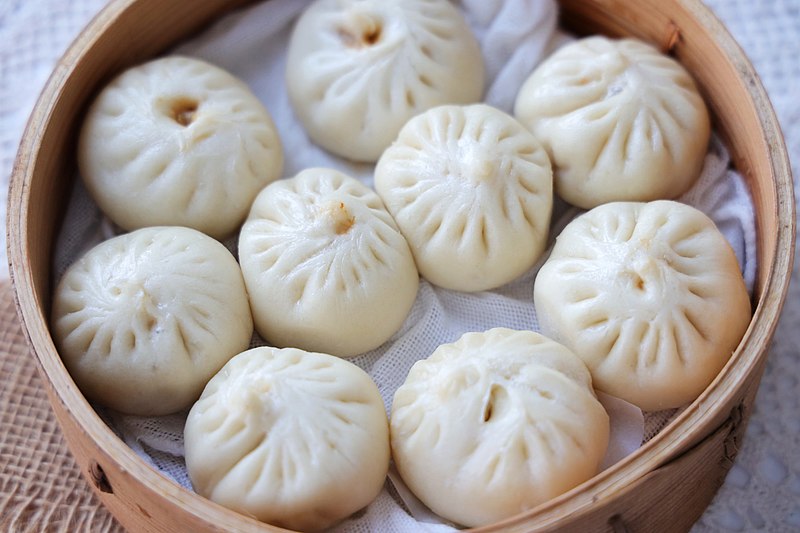
Chinese Dumplings – A Delicious Introduction
Dumplings hold a very prominent cultural significance in China. I will come out and say it: Chinese dumplings are my favorite part of pan-Asian cuisine. They are small and bite-sized, so they are easy to eat. There is an endless selection to stuff yourself. Flavors, meat, and vegetables, you name it. They can be vegan, gluten-free, and anything you would prefer. They can be as big as you want, or as small as you want.
Dumplings are, therefore, the most versatile food. At least, in my humble opinion, of course. Honestly, I can go on and on about how excellent this food really is. So, in this article, we will be talking about dumplings and their international counterparts. Most importantly, we will discuss how dumplings hold such cultural significance in China.
International Variations of Dumplings
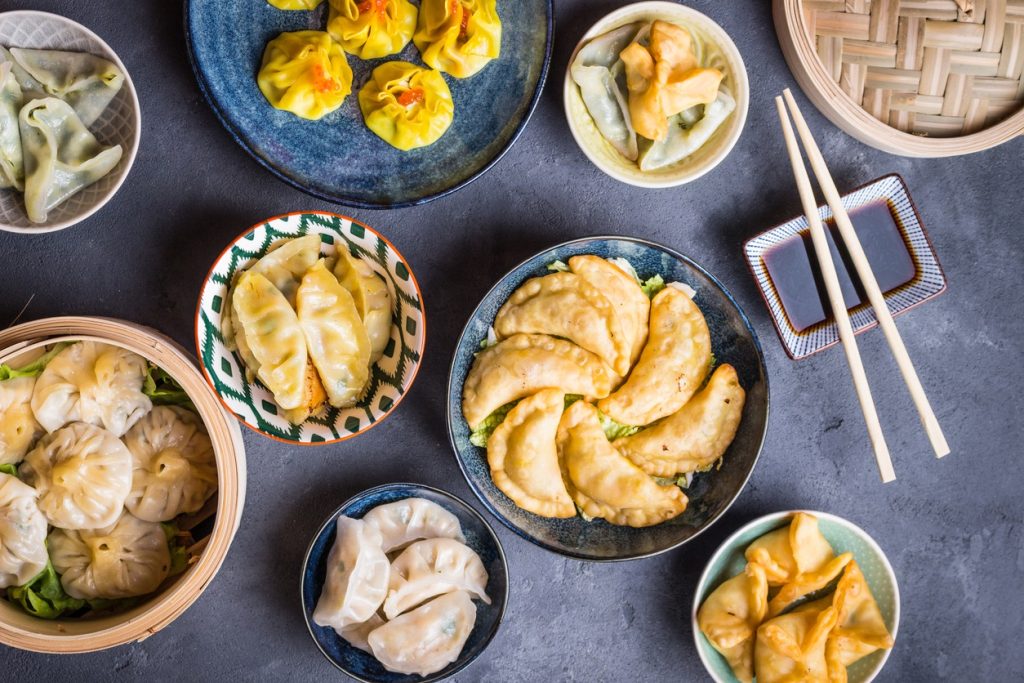
Let us start from the beginning. Dumplings, or dough wrapped around any form of stuffing, are standard worldwide. In Asia, almost every country has variations of dumplings. The Indians have their Momo's; the Mongolians have their buuz. Even the Pakistanis have a variation called mantu. Across Asia, in Europe, the Italians have ravioli, gnocchi, and more. England has puff pasties. You get the gist. Almost every country in every region of the world has a variety of dumplings.
Now, before we get into the lore of this wonderful snack, let's see why dumplings are so versatile. If you want a crunchy bite, pan-fried dumplings are the best. But if you are looking out for your body and don't want the extra weight, steamed veggie dumplings are a great option. Are you feeling sick? You can have soup dumplings made of congealed stock. The stock melts when it heats up. Have celiac disease? Use gluten-free flour for the wrappers. Want unconventional dumplings? Then, try kimchi dumplings or roast beef dumplings. Even dessert dumplings are a thing you can find now. How versatile can these get?
The Story Behind the Chinese Dumplings- According To The Chinese Culture
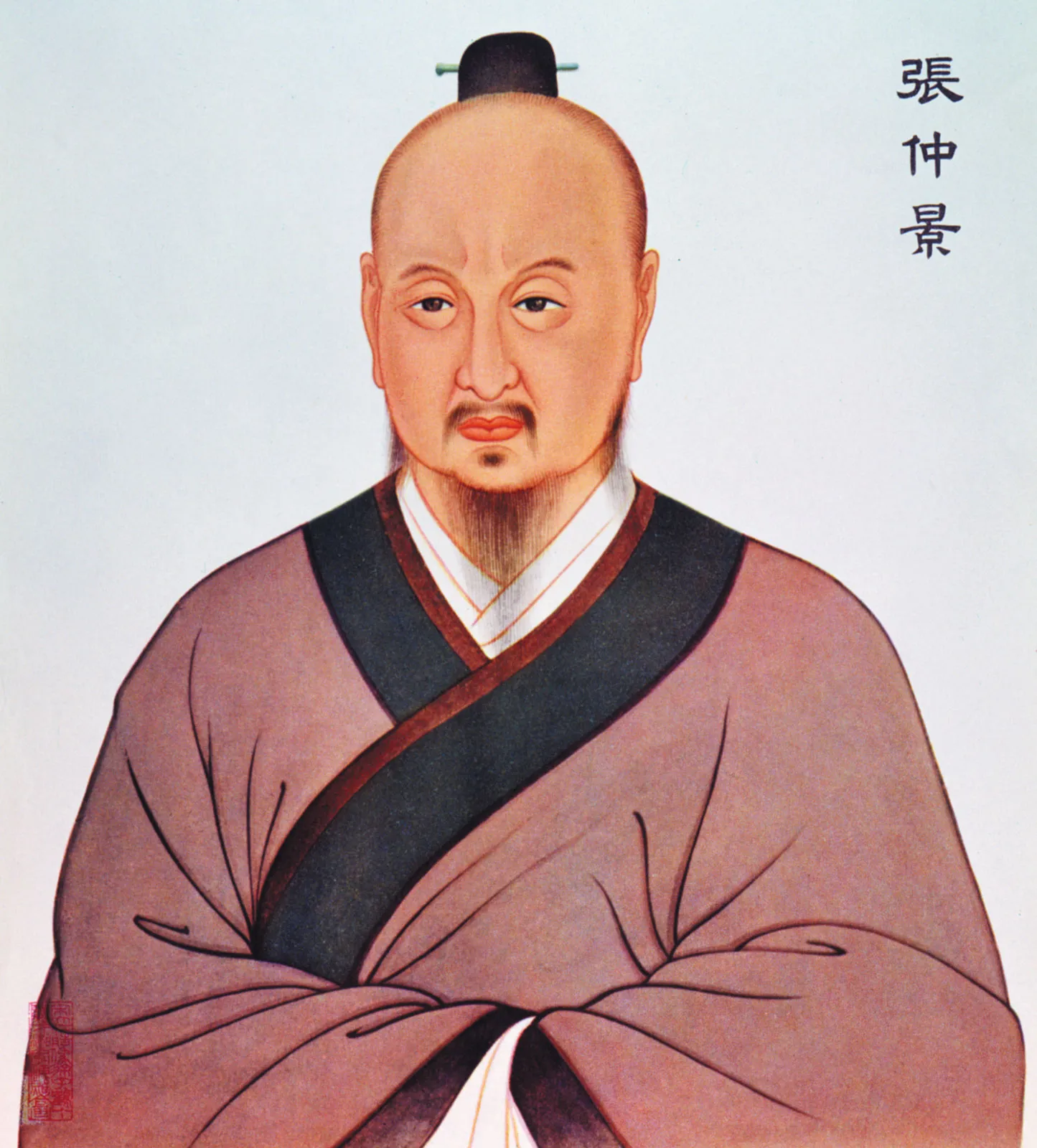
Chinese dumplings are an integral part of any celebration. Therefore, they are essential. If you're a native, you know the cultural significance of dumplings at national/religious festivals. To the people of China, dumplings are a part of their culture. The deeply rooted ties to dumplings are something only the natives are familiar with.
For everyone else, this is the legend of the dumplings: they started from the northern region of China. The winter was freezing--some people even got frostbitten. The local people feared for their fingers, noses, and ears as these were falling off of their bodies. The present physician, who went by Zhang Zhongjian, observed this, and he became distraught. Zhang Zhongjian was a government official who worked all over China. Skilled in medicinal treatments, he was also familiar with most life-saving tactics.
Here, in the worried state, he concocted the most excellent plan. He got the dough and he cut it in a circular shape. Then, he put the broth, minced meat, vegetables, and aromatics in this dough. Because Zhongjian had a sense of humor, he shaped the now filled dough into a crescent-like shape resembling an ear. When he fed the people his medicinal dough, people started feeling better. The public eventually recovered from all their frostbitten woes.
So, winter solstices always begin with eating dumplings. The legend of the dumplings holds a very prominent significance in Chinese culture and history, and it is because of tales like these.
Significance and Superstitions
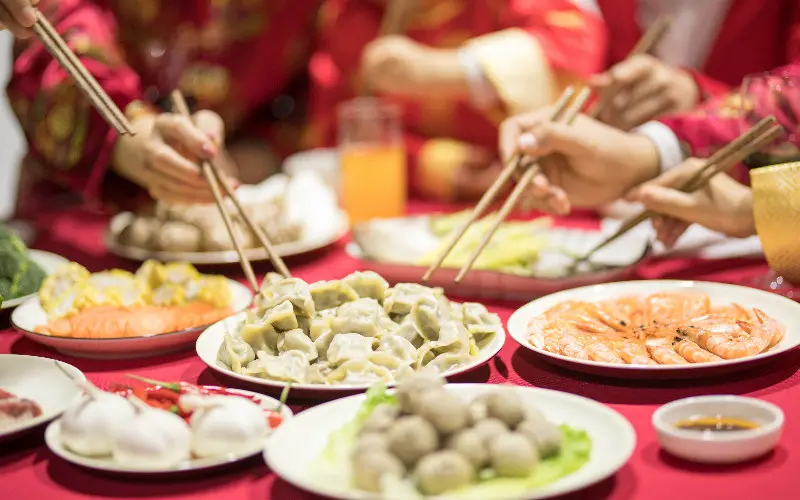
China is the land of tradition. The people are traditional and in tune with their history and heritage-- whether old or young. However, traditions may not always be rooted in facts or truth.
Dumplings have often been weaved into superstitions. For example, if you bite down on a gold coin in your New Year dumpling, great wealth will be yours in the coming months. A dumpling that promises 12 months of good wealth, are you crazy? Where do I sign up!
Similarly, yellow-tinged dumplings are specially made in China during festivals. These represent the gold currency of China from centuries past. By eating these off-color dumplings, you directly align yourself with the wealth so popular in China long ago.
Attaching superstition and mythology to food makes it popular. Therefore, in the case of Chinese dumplings, their popularity has been overflown into mainstream culture. Hence, everyone knows what Chinese dumplings are, what they are made of, how they are eaten, and when they are consumed.
What a way to make your culture globalized!
How to Make Dumplings?
There are many recipes for making dumplings. This post is not about how to make them. So, we will link some recipes here in case you are interested:
- https://redhousespice.com/dumpling-guide
- https://thewoksoflife.com/dumpling-recipe-youll-ever-need/
- https://tasty.co/recipe/homemade-dumplings
Media Representation of Chinese Dumplings
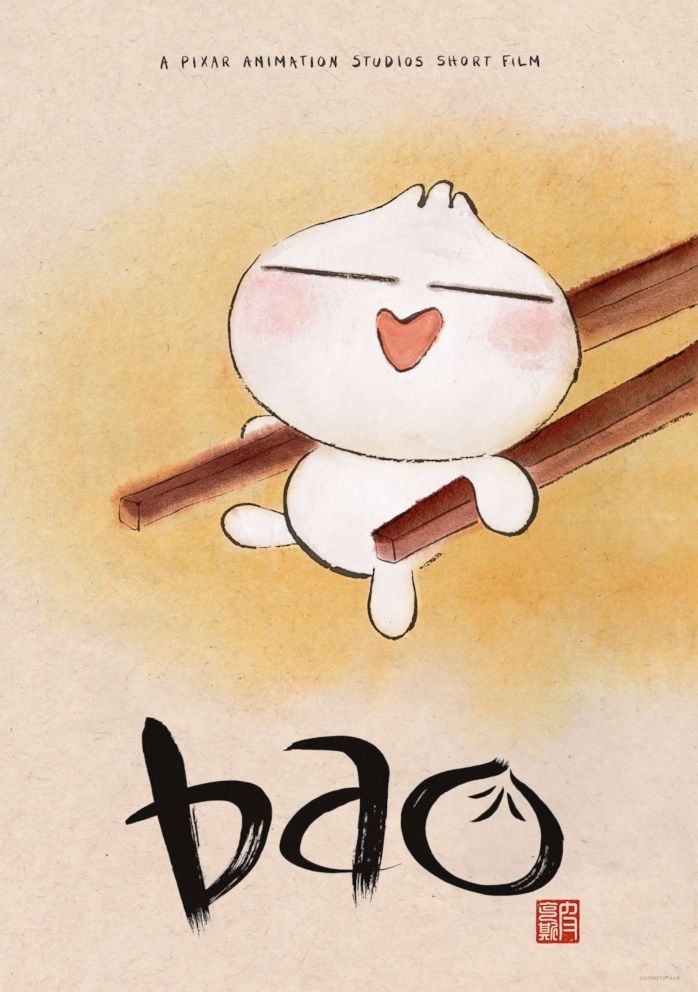
In our world, media representation matters. When the Pixar short film called Bao was released, it took the status of Chinese dumplings to another level. The director of the short film, Domee Shi, expressed her own experiences through the film. As the daughter of immigrants, she encapsulated her experiences and presented them for the world to see.
By doing so, the world knew a little more about the lives of Asian immigrants. Thus, Domee normalized seeing the struggles of Asians on the big screen.
Conclusion
In conclusion, the history, the lore, and the significance of Chinese dumplings. What started as food for frostbitten villagers, look how far we have come. Consider this article food for thought.
What are your thoughts on the popularity of Chinese dumplings? Do you feel they are significant enough to make films about? Moreover, did you enjoy reading this post? Let me know by commenting below. This will encourage me to write more exciting content. Are you interested to read more?
Then, read similar posts like The Toxic Work Culture in China and The Harsh Truth About Social Media in China.
